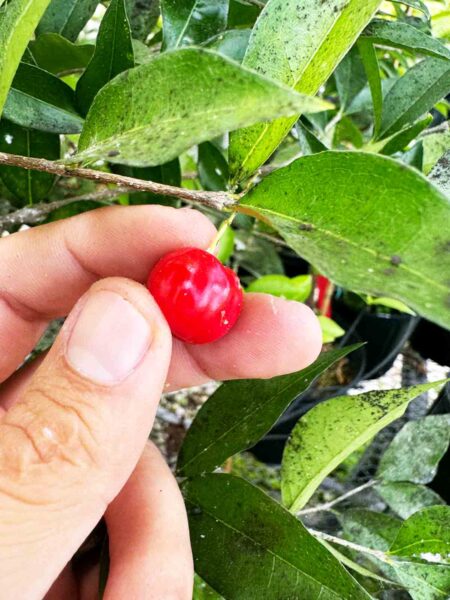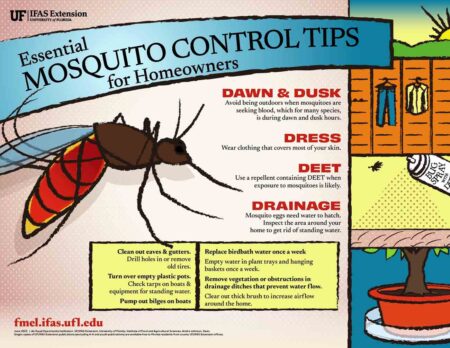NICEVILLE, Fla — Roots rarely rest. While leaves turn colors in the fall and litter the lawn in the winter, roots keep on growing. But roots can use a little help.
The best thing to do for roots is to plant them in a big hole in the fall.
Tree studies have shown that when planted in loose, well-drained soil, the roots of certain trees spread as much as 14 feet beyond the original root ball within three years.

Improving the structure of the soil by loosening the soil over a large area provides a good environment for roots to grow.
Studies also have shown the futility of adding peat moss and other organic matter as well as fertilizer to the planting hole. Fifty percent of the roots were outside of the planting hole within twelve months of planting. The lesson learned is to not encourage roots of trees and shrubs to stay in the planting hole by adding fertilizer and soil amendments.
Doing so can delay root growth outside of the “goodies” placed in the planting hole. It is somewhat like taking the tree or shrub out of a container and placing it back in a “container” in the ground. Genetically, tree and shrub roots “want to” grow outward into surrounding soil quickly. But creating a little “container” with peat moss and fertilizer can be counterproductive, causing the roots to more slowly grow outward into the surrounding soil.
So, don’t encourage roots of newly planted trees and shrubs to stay in the planting hole by adding fertilizer and soil amendments. But do plant in the fall.
The key is that roots don’t go dormant. They continue to grow and develop throughout the cooler fall and winter months. And because the top grow slows down during fall and winter, there is less demand on the roots.
Fall-planted ornamentals normally have a supply of carbohydrates stored in their roots from the past growing season. So, with little demand from the tops, the roots are able to grow and become well established before the next spring. When spring does come, fall planted trees and shrubs are ready to grow and are better established as compared to spring planted trees and shrubs.
Take advantage of cooler fall temperatures, save money on soil amendments and give your trees and shrubs a head start. It’s a win, win, win.
Larry Williams is the Extension horticulture agent with the Okaloosa County Cooperative Extension Service, University of Florida. Contact Larry at 689-5850 or email lwilliams@myokaloosa.com.






